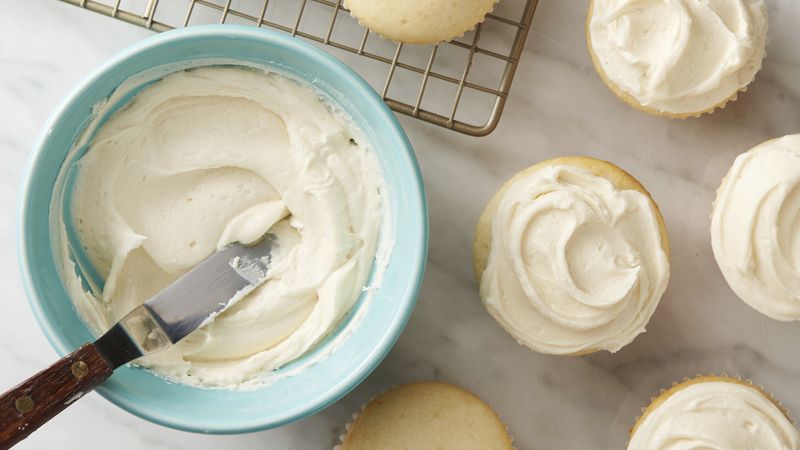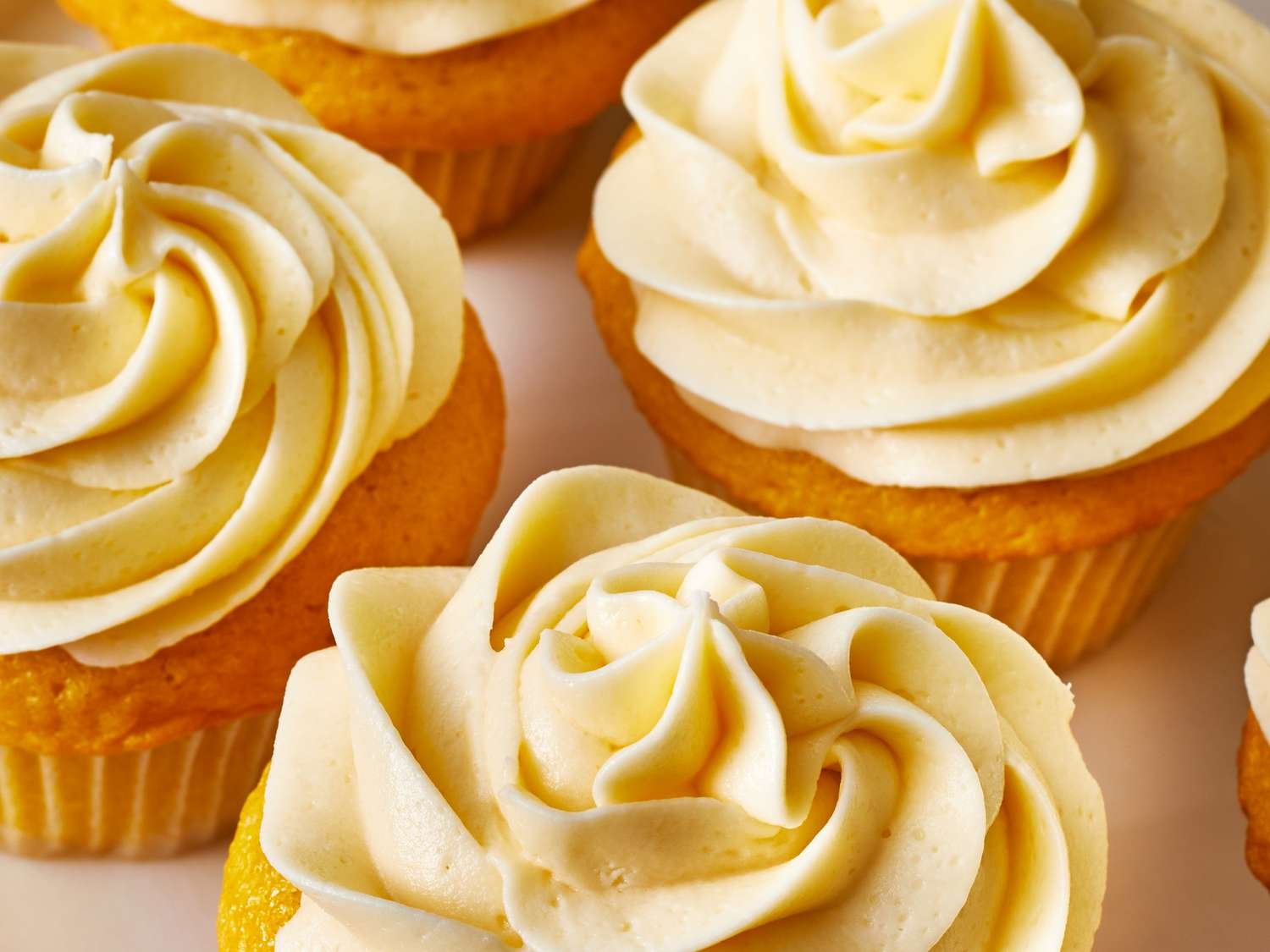Welcome to another sweet and savory edition on TheKitchenApplianceDad.com! Today, we delve into a question that bakes the noodle of many home bakers: Does buttercream frosting need to be refrigerated? Whether you’re a novice baker or a seasoned pastry chef, understanding how to store buttercream frosting correctly is crucial for maintaining its flavor and texture. Let’s whip through the details!
Buttercream frosting, a favorite among cake decorators and sweet-tooth enthusiasts, is primarily composed of butter and sugar. The most common types of buttercream include American buttercream, Italian meringue buttercream, Swiss meringue buttercream, and French buttercream. Each type has a slightly different composition and texture, influencing how they should be stored.
American Buttercream: This is perhaps the most popular type, made with butter, powdered sugar, and milk or cream. It’s known for its sweet flavor and thick texture.
Italian and Swiss Meringue Buttercream: Both are made by whipping sugar syrup into egg whites before adding butter. They are smoother and less sweet than American buttercream.
French Buttercream: This type involves egg yolks instead of whites and is rich and creamy.

Short-Term Use: If you plan to use your buttercream frosting within a day or two, leaving it at room temperature is generally fine. American buttercream can sit out covered for a couple of days without spoiling due to its high sugar content, which acts as a preservative. However, if your kitchen is particularly warm or if the frosting contains perishable ingredients like cream cheese or whipped cream, it’s safer to refrigerate it.
Long-Term Storage: For buttercream that you won’t use immediately, refrigeration extends its life. You can refrigerate buttercream for up to two weeks. Before using, let it come to room temperature and re-whip it to bring back its creamy texture.
For bakers who are decorating cakes or cupcakes in advance, knowing how to manage buttercream frosting is essential. Always prioritize food safety, especially when serving the young, elderly, or anyone with a compromised immune system. When in doubt, refrigerate!
For more detailed guidance on buttercream types and their specific storage guidelines, resources like King Arthur Baking Company provide excellent baking insights.
By following these guidelines, you can ensure that your buttercream frosting remains delicious and safe to eat, whether you’re preparing a cake days in advance or whipping up a batch of frosting for future baking projects. Remember, the key to perfect pastry is not just in how you make it but also in how you store it. Happy baking from all of us at TheKitchenApplianceDad.com!

